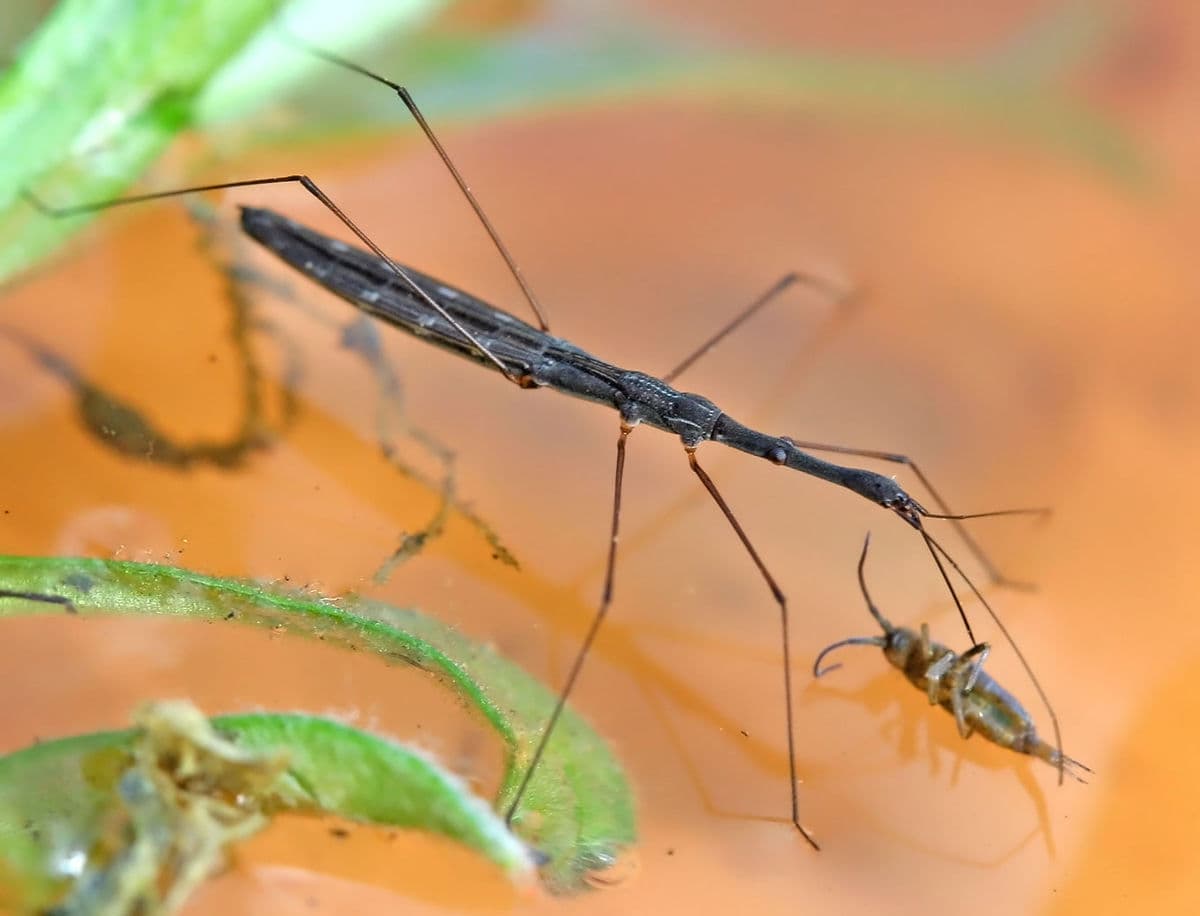The threat of extinction of many animal species has become one of the most pressing ecological and scientific issues of our time. Human intervention, habitat loss, and climate change have caused many species to decline to critically low levels. To conserve such species and restore their populations, it is important to utilize advanced technologies, including transgenic techniques.
Applications of transgenic technologies
Cloning
Transgenic technologies can be used to clone threatened species. This creates genetically identical copies of individuals, which helps to preserve genetic diversity and prevent species extinction.
Genetic modification
Transgenic techniques can be used to make changes to the genetic material of threatened species to improve their survival rate. For example, genes that improve resistance to disease or adaptation to changing environmental conditions can be introduced.
Artificial insemination and embryonic technologies
Transgenic techniques can be used to create artificial embryos of threatened species, which can then be introduced into natural populations to increase their numbers.
Genome editing
Transgenic technologies can be used to precisely edit the genome of threatened species, allowing genetic defects to be eliminated or desired changes to the genetic structure to be made.
Benefits of using transgenic technologies
Biodiversity conservation: Transgenic technologies can help preserve the genetic diversity of threatened species, which is a key aspect of their survival.
Restoring populations: Transgenic techniques can restore populations of threatened species, preventing their extinction.
Increasing resilience: Genetic modifications made through transgenic technologies can increase the resilience of threatened species to disease, climate change and other negative impacts.
Conclusion
The application of transgenic technologies represents a powerful tool in the conservation and recovery of populations of threatened species. These technologies can be used for a variety of purposes, including cloning, genetic modification, artificial insemination and genomic editing, making them an indispensable tool in the fight for biodiversity and conservation.



